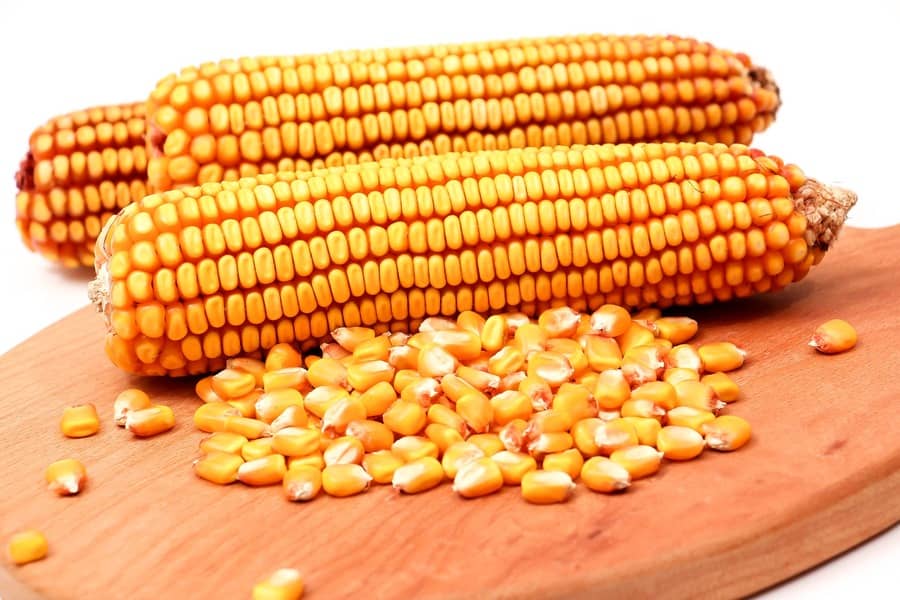Porto Alegre, May 3, 2022 – Market tension is accelerating this year. While Ukraine begins to sell its production via Romania, China looks for the United States to replace purchases not fulfilled by Ukraine. In one month, China absorbed 5.5 million tons of US corn, between old and new crops, helping to support prices on the CBOT. But nothing is above the anxiety about the US crop of 2022. Prices act as if there were no harvest for the second half of the year, there is a discussion about exaggerated planting details and attempts to distort some crop indicators that can raise prices even more abroad. In fact, there is still a dry climate in the west of the US Midwest and a little cold in the north. If the rains are returning and temperatures are rising, we do not see any problems with the development of the 2022 US crop at the moment.
In 2019, excessive rainfall prevented planting in several states in the US Midwest due to excess soil moisture. A large portion of the area was planted outside the recommended window, i.e. after May 30. According to appropriate information sources, such as local universities and experienced agronomists, yields resulting from planting in this period could not be higher than 155/160 bushels per acre. The end of the 2019 crop brought yields of 167.80 bushels per acre, a still very good crop, and prices, which had previously skyrocketed, coped with sharp lows. So, the almost one-month delay was not enough to make the US crop losses threaten supply and support prices. Therefore, one-week delays must have much smaller effects.
This is the picture imposed on international prices at the moment. Anxiety about the planting of the 2022 crop leads to unlikely situations, with a high drop in productivity if the planting is not carried out in 50 to 60% of acreage by May 10 to 12. Comments about it exist, but eventually, with a good climate, production ends up being high. It is normal to try to establish risk factors present in a crop that has a global focus and cannot be bad. However, we need to limit what is hysteria and what is a real situation.
Rains were very good last week on the west and north sides, where the weather has been drier, also for winter wheat. For this week, excellent rains are forecast for the entire Midwest, that is, it will not be for lack of moisture that the planting will not advance. In Nebraska and Kansas, where it has been drier since the winter, growers planted without rains last week, believing they will be back in May. The cold of the Great Lakes region does not prevent planting, but it can delay germination, that is all. Therefore, the weekly percentages, a little more accelerated or a little slower, must not change the profile of the US crop in 2022. For soybeans the picture is even better, as the planting starts in May and goes until June 15. For now, nothing can bring a concrete problematic argument for this season.
The other point is the USDA supply and demand report on the 12th. A report that has the US export demand as a new point for cutting stocks of the current crop, 21/22, maybe by 1 to 2 million tons below the current 36.60 million. The great detail is the first estimate for the 22/23 business year, the crop that is being planted. At this point, USDA will only get a neutral or bearish report if it cuts the projected demand too much and/or raises the expected productivity above 180 bushels per acre. A possible combination if USDA wants to hold corn prices or at least soften expectations for the next cycle.
At the same time, Argentina continues with the harvest, but still with export registrations locked at 25 million tons. With a crop projected by the government at 57 million tons, out of which 51 million tons for grain, export registrations could rise to 35 million tons and allow for more exports in the coming few weeks.
Ukraine continues with planting, with figures suggesting 40/50% of the acreage so far, under very uncertain conditions. The first post-war export shipment was made last week with 71,000 tons, but from a port in Romania. Other neighboring countries have offered alternatives for Ukraine to sell its crop that is still in warehouses.
Agência SAFRAS Latam
Copyright 2022 – Grupo CMA

